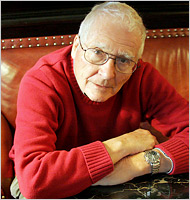In the passage that follows, Brian Fagan describes our best guess at the landscape of part of France about 18,000 years ago, and then describes how the landscape dramatically changed in a short period. (We usually do not know exactly how short—maybe as long as a few hundred years, maybe as short as a month.)
(p. xiv) There would have been black aurochs with lyre-shaped horns, perhaps arctic foxes in their brown summer fur feeding off a kill, perhaps a pride of lions resting under the trees. If you’d been patient enough, you’d have seen the occasional humans, too. But you would have known they weren’t far away–informed by the smell of burning wood, trails of white smoke from rock-shelter hearths, the cries of children at play. Then I imagined this world changing rapidly, soon becoming one of forest and water meadow, devoid of reindeer and wild horses, much of the game lurking in the trees. I marveled at the ability of our forebears to adapt so readily to such dramatic environmental changes.
Few humans have ever lived in a world of such extreme climatic and environmental change.
. . .
(p. xvi) The story of the Neanderthals and the Cro-Magnons tells us much about how our forebears adapted to climatic crisis and sudden environmental change. Like us, they faced an uncertain future, and like us, they relied on uniquely human qualities of adaptiveness, ingenuity, and opportunism to carry them through an uncertain and challenging world.
Source:
Fagan, Brian. Cro-Magnon: How the Ice Age Gave Birth to the First Modern Humans. New York: Bloomsbury Press, 2010.
(Note: ellipsis added.)




